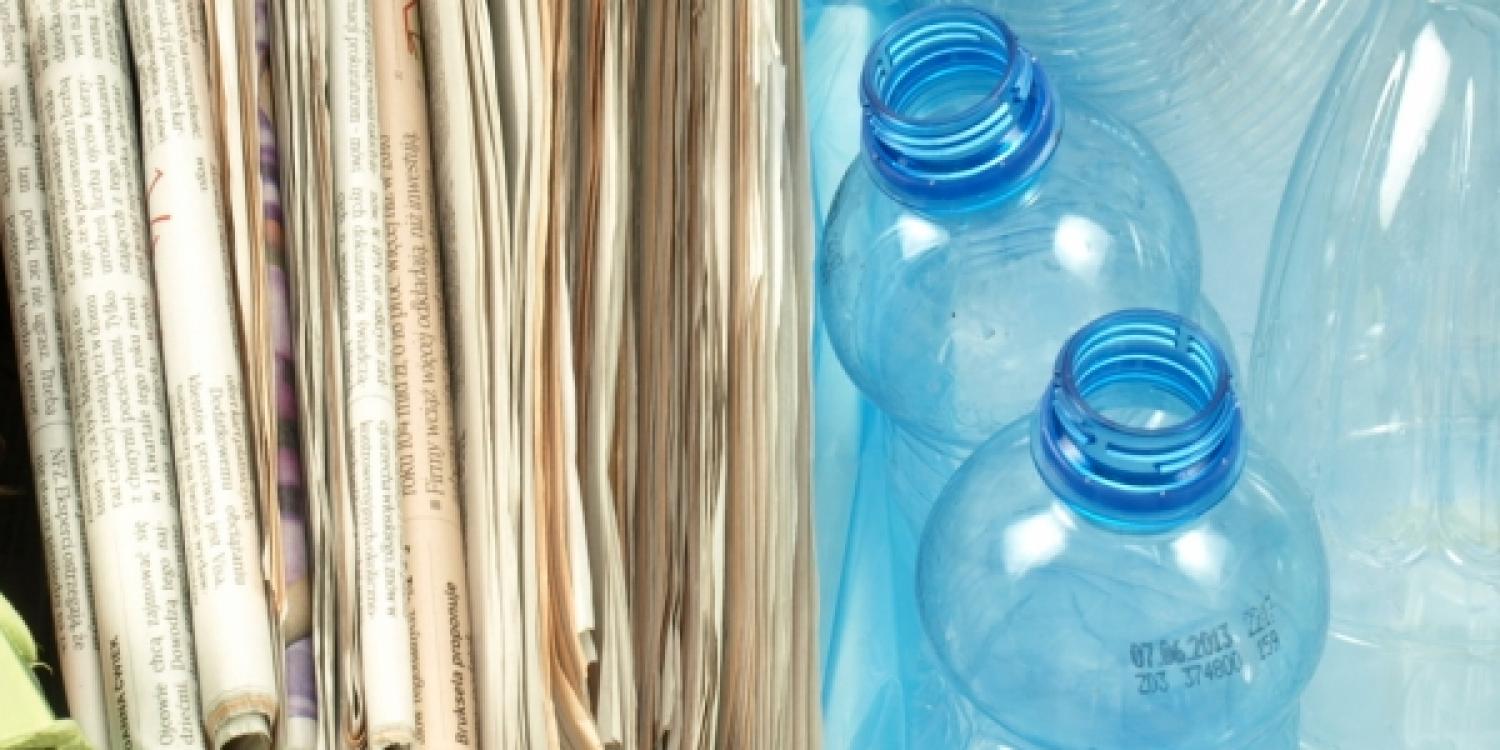Improving office management to reduce waste

© Photographee.eu, image #43444547, 2017, source: Fotolia.com
Information
Impacts:
Waste
Sector:
Administration
Cross-cutting
Investment cost:
Medium cost
Cost:
Medium cost
Size of company:
Micro (less than 10)
Every office generates waste such as paper, cardboard, packaging, bottles, disposable plates, cups, cutleries, towels, food waster, etc. A 'wasteful' company typically has higher material and waste-disposal costs. So efforts to cut back on office waste can save your company money.
There are several approaches to managing and reducing the waste. Guidelines developed by Repak are very useful in this respect:
Monitor your waste streams
- Start with observing, monitoring and analysing the waste content, volumes and how it is generated. This will give insight into the most significant waste sources and wasteful practices that should be tackled. Ask your recovery operator for a breakdown (by material and volume) of all the waste collected from your office.
Involve employees
- Involve your team in the monitoring and initiating ideas for waste reduction. Elect a 'project champion' or a 'green team' to support the initiative, motivate staff, find best practices to inspire and train colleagues, acquire the necessary equipment, set targets for waste reduction and monitor their implementation.
Ensure that waste is separation
- Establish a system for separating waste streams with clearly marked bins close to working areas for staff to place paper/cardboard, plastics and general waste. There may also be opportunities to recover food waste for composting. Your recovery operator can assist with the best ways of separating this waste and presenting it for recovery. All your staff should be briefed about the system.
- Under no circumstances should the use of open skips be allowed on your site. Open skips quickly become filled with unseparated and uncontrolled waste. It is also very costly.
Promote reuse and recycling
- Reuse envelopes for internal staff documents, make scratch pads from used paper.
- Use recycled cartridges.
- Invest in reusable mugs and plates.
Promote waste reduction and prevention
- Print internal documents on both sides of a page, set printers for double-sided printing, and track the number of pages printed per person.
- Teach employees to use paperless practices, such as better naming and storing of electronic documentation.
- Make it less convenient to print; without printers on their desks, employees are less likely to print frivolously.
- Request paperless statements from banks and service providers such as the telecommunications company.
- Reduce the amount of packaging by informing your suppliers about your waste reduction initiative.
- Quit using disposable cups and plate; use glasses and ceramic plates instead.